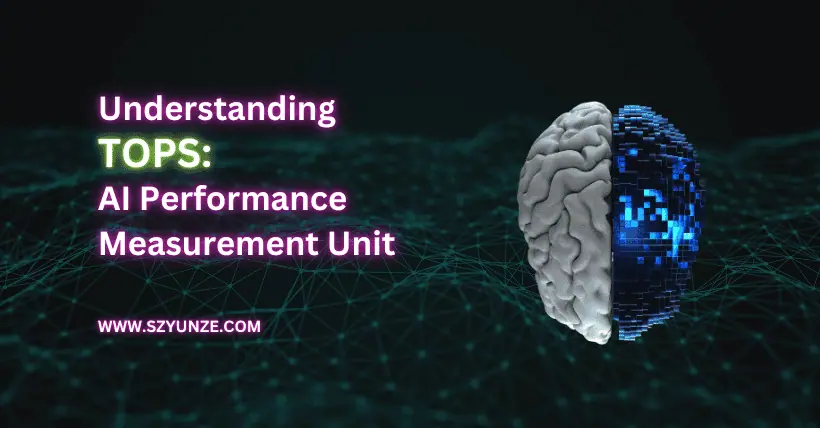In recent years, artificial intelligence has become increasingly prevalent. When discussing consumer-grade graphics cards, a new key performance metric has emerged: AI computing power, typically measured in “TOPS.” For instance, Microsoft requires that Copilot+ PC laptops have at least 40 TOPS of computing power.
This article aims to introduce the unit “TOPS” used to measure AI computing power, explaining its origin and basic principles.
“TOPS” stands for “Tera Operations Per Second,” meaning one trillion operations per second. The TOPS rating of a graphics card’s AI performance indicates the number of trillion operations it can execute per second when performing AI-related computations.
This metric primarily evaluates a GPU’s ability to handle AI tasks, such as training and inference in deep learning neural networks. For example, if a GPU has an AI computing power of 100 TOPS, it means it can perform 100 trillion AI-related operations per second.
The calculation of a GPU’s AI TOPS performance involves multiple factors, including core count, clock speed, architecture, and computational precision. It is typically determined through both theoretical calculations and real-world testing.
Theoretical calculations use hardware specifications, such as the number of CUDA cores, clock speed, and the number of operations each core can execute per unit time, applying specific formulas.
For instance, in NVIDIA’s CUDA architecture, if a single CUDA core can execute N operations per second under a certain precision, and the GPU has M CUDA cores, then theoretically, the GPU’s AI performance is M × N operations per second, which can be converted into TOPS.
Real-world testing involves running dedicated AI benchmarking software or measuring performance in actual AI applications. For example, in deep learning frameworks, specific models and datasets can be used for training or inference, recording the time taken to complete tasks, and deriving the actual TOPS performance.
Since Microsoft requires Copilot+ PC laptops to have at least 40 TOPS of AI computing power, this sets a minimum threshold for experiencing AI applications effectively. Devices below this threshold may not provide an optimal AI experience.

Disclaimer:
- This channel does not make any representations or warranties regarding the availability, accuracy, timeliness, effectiveness, or completeness of any information posted. It hereby disclaims any liability or consequences arising from the use of the information.
- This channel is non-commercial and non-profit. The re-posted content does not signify endorsement of its views or responsibility for its authenticity. It does not intend to constitute any other guidance. This channel is not liable for any inaccuracies or errors in the re-posted or published information, directly or indirectly.
- Some data, materials, text, images, etc., used in this channel are sourced from the internet, and all reposts are duly credited to their sources. If you discover any work that infringes on your intellectual property rights or personal legal interests, please contact us, and we will promptly modify or remove it.



